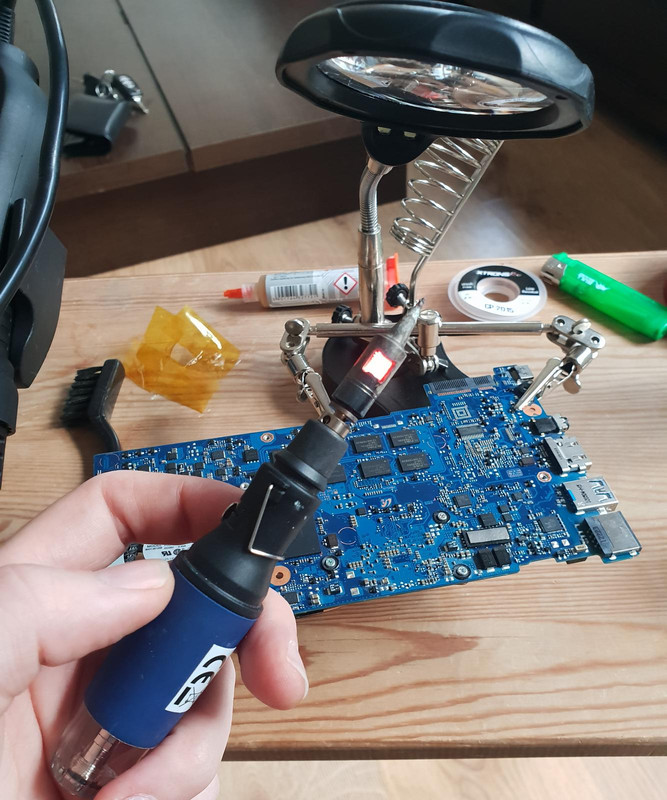sent you a trust can you fire me your address over and I'll post it over.
Done my details have been sent to you. I should probably send you my phone number as well! I'll do that a bit later on today. Should be interesting to see if it is what I think it might be. I've seen a lot of 7970, 280 and 280x cards over the years so am quite familiar with them!







